Save the Pantanal: The World’s Largest Tropical Wetland
QUADRUPLE YOUR DONATIONQUADRUPLE YOUR DONATIONIn Brazil, the world’s largest wetland, rich in biodiversity and a critical stopover for migrating birds, is in danger of drying up as temperatures rise, water is overused, land is converted for agriculture, and wildfires burn.
-
Species at Risk
Hyacinth Macaw (VU), Chestnut-bellied Guan (VU), Bush Dog (NT), Jaguar (NT), Marsh Deer (VU), Giant Armadillo (VU)
-
Carbon stored
37,587,200 mT*
*(metric tons of CO2 equivalents) -
Partner
Onçafari
-
326,179 Proposed Acres Conserved by
Purchase
-
Project Cost: $10,450,000

326,179
In Brazil, the world’s largest wetland, rich in biodiversity and a critical stopover for migrating birds, is in danger of drying up as temperatures rise, water is overused, land is converted for agriculture, and wildfires burn.
-
Species at Risk
Hyacinth Macaw (VU), Chestnut-bellied Guan (VU), Bush Dog (NT), Jaguar (NT), Marsh Deer (VU), Giant Armadillo (VU)
-
Carbon stored
37,587,200 mT*
*(metric tons of CO2 equivalents) -
Partner
Onçafari
-
326,179 Proposed Acres Conserved by
Purchase
-
Project Cost: £8,293,650

326,179
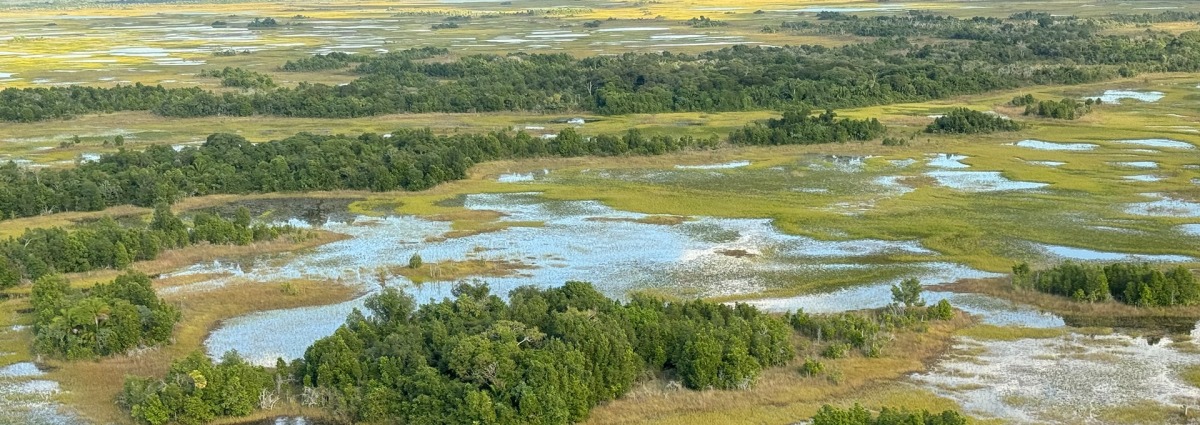
4X THE IMPACT
For the next $5,000,000 donated, your gift will have 4X the impact, thanks to two generous donors and a generous match provided by the Government of the State of Mato Grosso do Sul. This 1:3 match means that your $50 donation has the same impact as $200.
QUADRUPLE YOUR DONATIONQUADRUPLE YOUR DONATIONThe Pantanal covers over 43.5 million acres across west-central Brazil, eastern Bolivia and Paraguay. It is the world’s largest wetland, 20 times larger than the Florida Everglades, and harbors extraordinary biodiversity. Although significant portions of the Pantanal remain relatively pristine, only 4.6% is currently protected, and competing interests for land impede opportunities to conserve large-scale wilderness areas.
Human impact is rapidly taking its toll, with the area under increasing pressure for agricultural conversion. The Pantanal has also lost approximately 30% of its water volume in recent years due to overuse of water upstream, climate change, and fluctuations in rainfall. A drying trend is negatively impacting wildlife and human communities and resulting in unusually early and intense fires in the wetland that are shattering historical records.
The Pantanal—the world’s largest tropical wetland—is burning. We need your help to protect this magnificent ecosystem, home to extraordinary biodiversity. Drone footage of fires in the Pantanal, courtesy of our partner, Onçafari.
We must move quickly to protect biodiversity while the political climate in Brazil is amenable. The Pantanal has become the second-most popular tourism site in South America after the Galapagos. To protect a critical wildlife corridor connecting the northern and southern Pantanal—the area most widely known and visited by tourists—Rainforest Trust is collaborating with the Mato Grosso do Sul state’s Environment Agency, Onçafari—our local partner, other stakeholders, and a global alliance of funders to establish the new 326,179-acre Taquari Wetlands State Park. The project will support a new fire-response team, which is urgently needed.
Header photo: Fires burn in the Pantanal near the project site, courtesy of Onçafari
Explore the Pantanal

Fires in the Pantanal are destroying the biodiverse wetlands of the Pantanal. Photo courtesy of Onçafari


Taquari Wetlands area, courtesy of Onçafari Association
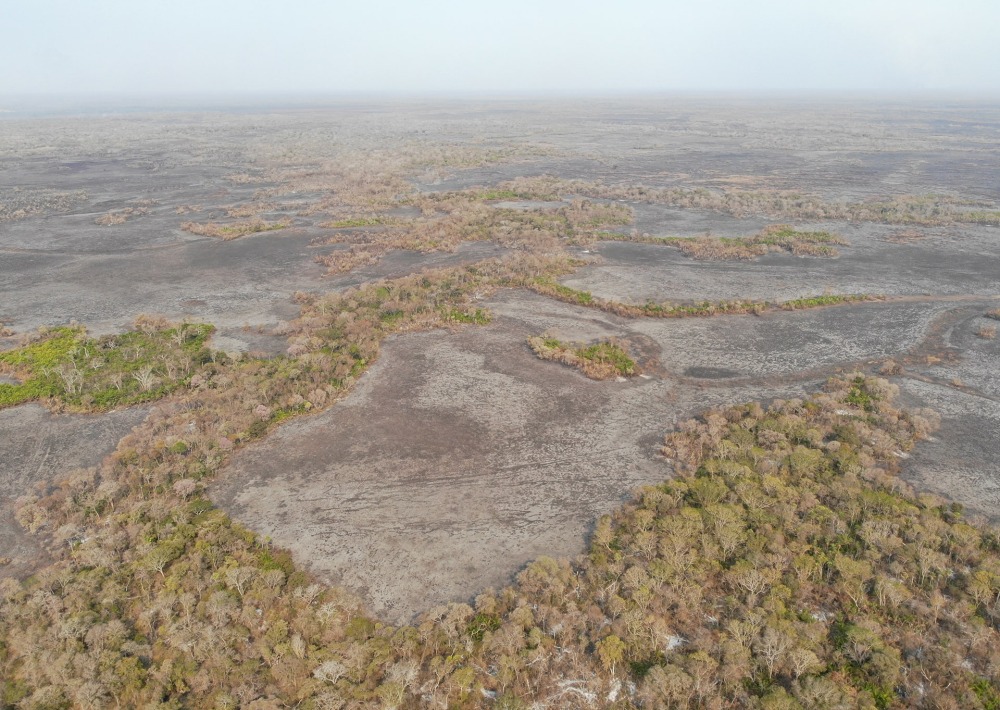
Fires are destroying the biodiverse wetlands of the Pantanal. Photo courtesy of Onçafari

Fires in the Pantanal are destroying the biodiverse wetlands of the Pantanal. Photo courtesy of Onçafari

Fires in the Pantanal are destroying the biodiverse wetlands of the Pantanal. Photo courtesy of Onçafari

Fires in the Pantanal are destroying the biodiverse wetlands of the Pantanal. Photo courtesy of Onçafari
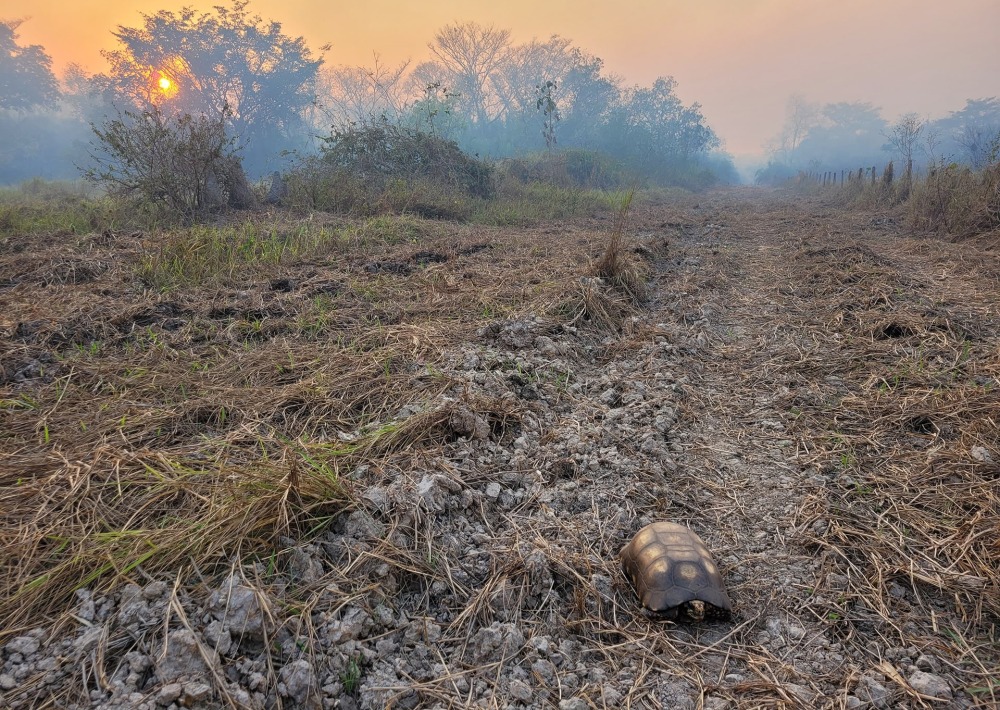
Fires in the Pantanal are destroying the biodiverse wetlands of the Pantanal. Photo courtesy of Onçafari

Hyacinth Macaw, by slowmotiongli

Jabiru stork, by Txanbelin
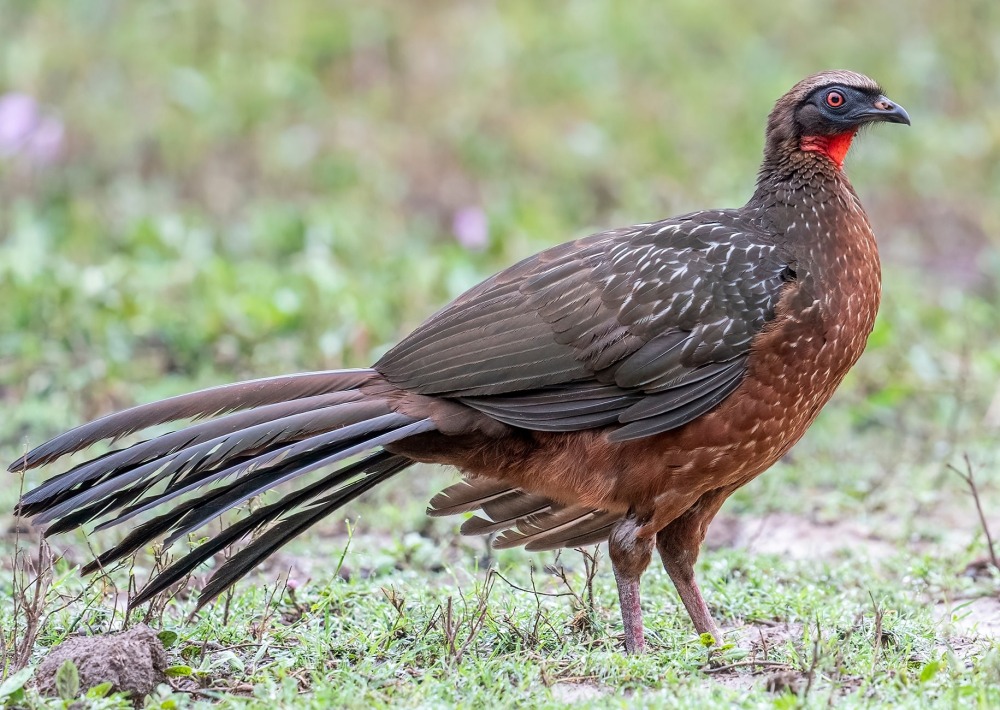
Chestnut-bellied Guan, by Rob Jansen
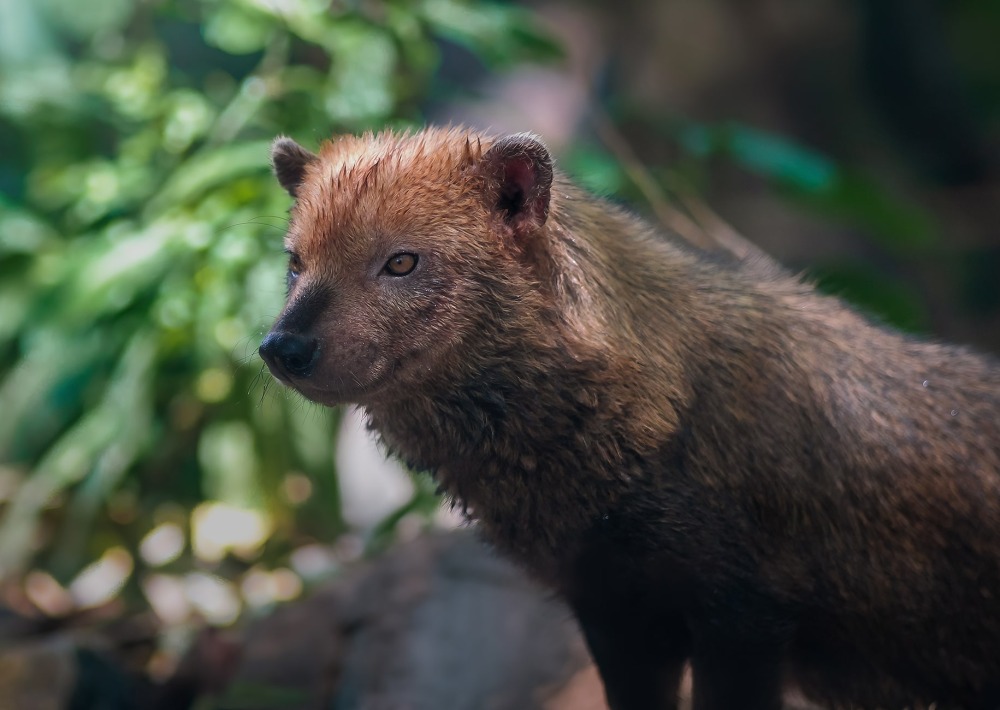
Bush Dog, by Diego Grandi

Jaguar in the Pantanal, by Fabianomr
Did you know? Only
of Brazil's Pantanal wetland is currently protected
Safeguard Imperiled Species in a Wetland Like No Other
About 3,500 plant species, 656 bird species, 325 fish species, 159 mammal species, 53 amphibian species, and 98 reptile species are found in the Pantanal. It is home to the most dense population of Jaguars in the world, and this apex predator shapes the entire ecosystem. The wetland is an important refuge for Giant Otters with the population estimated by scientists at an astounding 4,000 individuals or more. Expanses of intact habitat, particularly along river corridors, are vital for these wide-ranging animals as well as for Bush Dog, Marsh Deer, the largest deer in South America, and Giant Armadillo.
Hundreds of bird species depend on the Pantanal as a critical stopover site as they migrate to and from North America. Threatened birds living within the proposed park include the Hyacinth Macaw (the largest parrot on Earth) and Chestnut-bellied Guan. It is also home to Osprey and the renowned Jabiru, a large stork.

A Jaguar, injured by the fires burning in the Pantanal, receives medical attention at a local rehabilitation facility. Photo courtesy of Onçafari/André Bittar
Prevent Further Alteration of this Spectacular Landscape
An absence of conservation measures and government presence has allowed overfishing, illegal hunting, bushfires, and uncontrolled occupation and deforestation to become urgent threats. Once the Taquari Wetlands State Park is established, only activities related to research, management, and eco-tourism will be permitted. Commercial exploitation, including mining, will be prohibited.
Learn More About this Project >
Conservation work is critical, challenging, and can be costly. We work hard to ensure we raise only the funds needed for each project. In the rare case we raise more money than needed or a project comes in under budget, excess monies will be transferred to the Conservation Action Fund. This fund supports our important conservation work throughout the tropics.
Project Modifications
Rainforest Trust conducts extensive research and due diligence on each of the projects that we support, so that once a project is offered for public support we believe it will succeed. We work closely with our project implementers, offer support, and regularly monitor their progress. Given the nature of the work, projects may not progress exactly as intended and may be unable to meet all objectives. To respond dynamically to the needs of our project implementers and the realities of the landscapes in which they operate, Rainforest Trust expressly reserves the right to modify a project as it deems necessary, provided that donor intent is honored by ensuring that that the original project objectives are diligently pursued and that project funds continue to benefit the landscape and species identified in the project overview. Project modifications that we may need to make in certain circumstances include the specific project implementer, the size of the landscape to be protected, the type of protection to be afforded to the landscape, and the development of sustainability mechanisms.



Partnering to Save Rainforest
Our partners’ ability to work with their governments and build strong connections with local communities ensures the successful implementation of our projects.
LEARN MORE ABOUT THIS PARTNERLEARN MORE ABOUT THIS PARTNER
